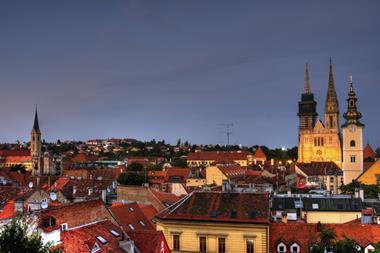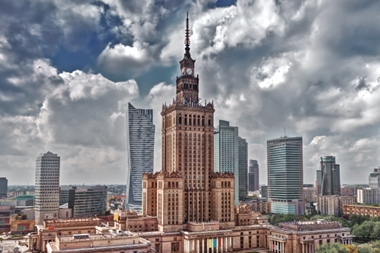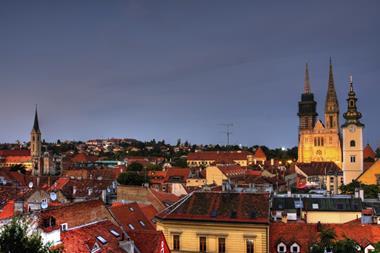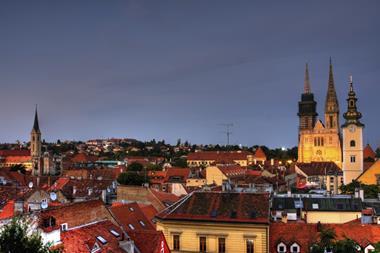Croatia’s four mandatory second-pillar fund returns for 2016 outperformed the previous year’s strong results.
Category B funds, which account for 98.4% of the total membership, increased their annual nominal returns to 6.94%, from 6.19% the previous year, according to the Croatian Financial Services Supervisory Agency (HANFA), the sector’s regulator.
Category B funds became the renamed default funds when Croatia introduced a lifecycle system in 2014, and since the mandatory system’s start 15 years ago, they have returned 5.95% on an annualised basis.
They operate as balanced funds, with some 70% of assets invested in domestic government bonds, and 20% in local and foreign equities as of end-2016.
The lifecycle revamp introduced higher-risk Category A funds, restricted to those with more than 10 years left to retirement, and low-risk Category C funds, open to all but obligatory for savers with fewer than five years left to retirement.
The Category A funds, with 0.3% of the total membership, generated the most impressive returns, of 11.8%, compared with 9.12% in 2015.
These funds had 31.6% of their assets invested in domestic shares and global depository receipts, and a further 12.2% in foreign equities, with the bulk of the remainder in Croatian government bonds.
According to Dinko Novoselec, CEO of Allianz ZB Mandatory Pension Fund and president of the Association of Pension Fund Management Companies and Pension Insurance Companies (UMFO), “equity markets generally performed well in 2016 and Croatian equities performed especially well.”
In the case of the bond investments, “interest rates were falling in 2016, both base rates and the Croatian spread. Since most of the portfolio is marked to market, this resulted in high returns from the bond part of portfolio,” he told IPE.
Category C funds, with 1.3% of the membership and some 90% of assets invested in local sovereign bonds, saw their returns improve from 6.78% in 2015 to 7.43% in 2016.
At a recent UMFO press conference held to discuss the results, Novoselec explained that the second-pillar funds increased their local equity market shareholdings. These included leading companies in tourism, food, insurance, electricity, and telecoms.
The funds also participated in the privatisation of the hotel operator Imperial Rab, and the recapitalisations of the Zagreb Stock Exchange and hotel and tourism companies HTP Korčula and Ilirija.
Novoselec stressed that in the coming years the funds would need additional domestic, low-risk investment opportunities that provided better yields than Croatian government bonds.
He cited large infrastructure projects such as ports, airports, energy, and railways, as well as the planned listing of state-owned power company HEP.
Second-pillar fund membership increased by 3.1% year-on-year to 1.78m, while assets rose by 13.8% in kuna terms to HRK84.1bn (€11.2bn).
In the voluntary open-ended sector, the six funds’ returns ranged from 5.13% to 11.13%. Assets grew by 16.5% to HRK3.5bn, and membership by 8.5% to 257,049.
In the case of the 18 voluntary closed-ended funds (excluding one that started business at the end of the year), returns exhibited an even wider range, from 3.05% to 11.92%. Here, membership grew by 1.6% to 29,237 and assets by 4.5% to HRK777m.










No comments yet